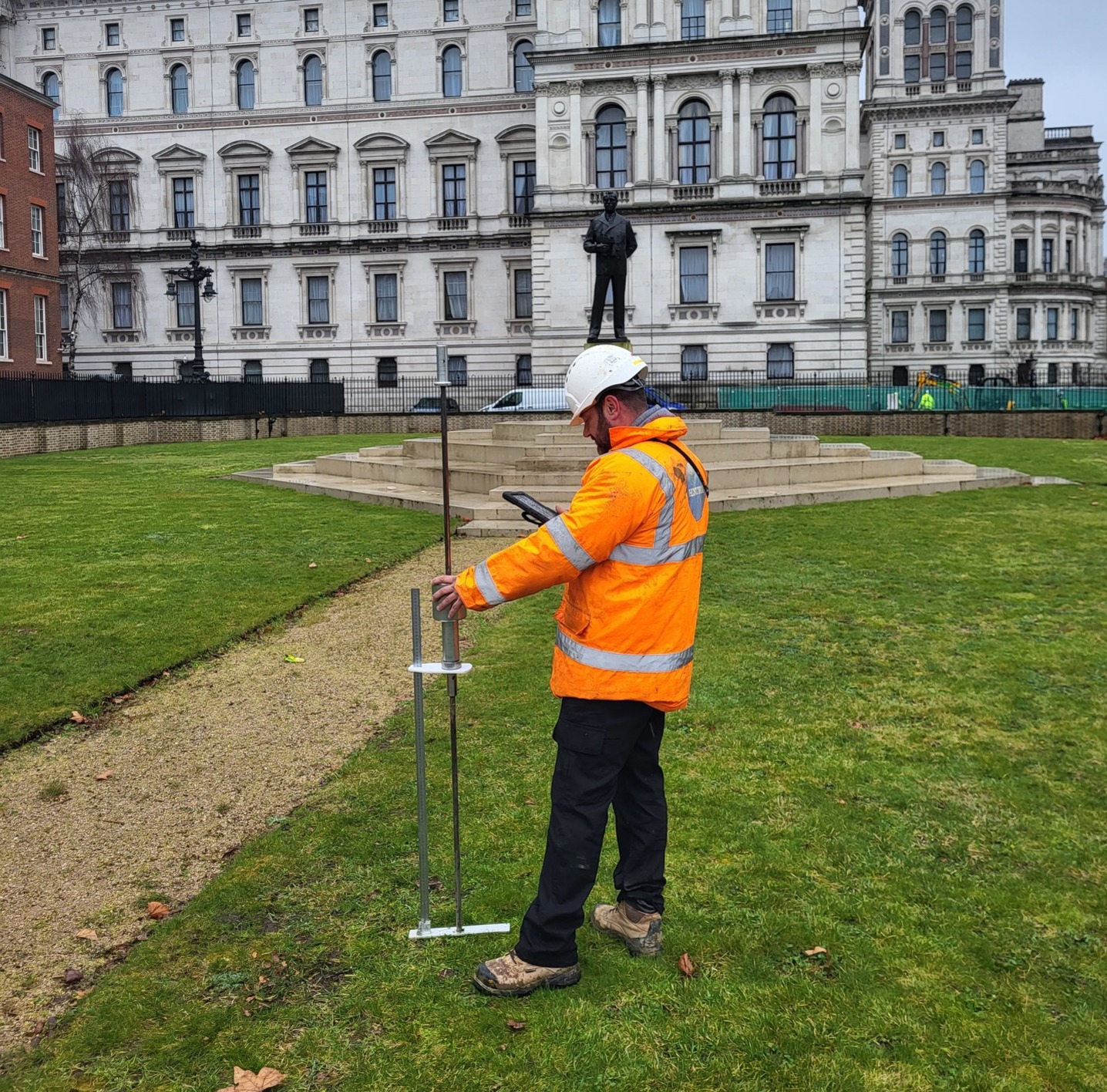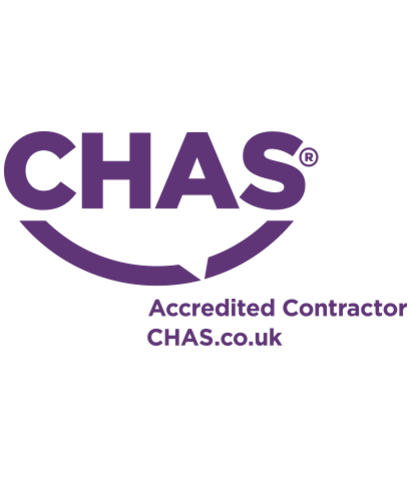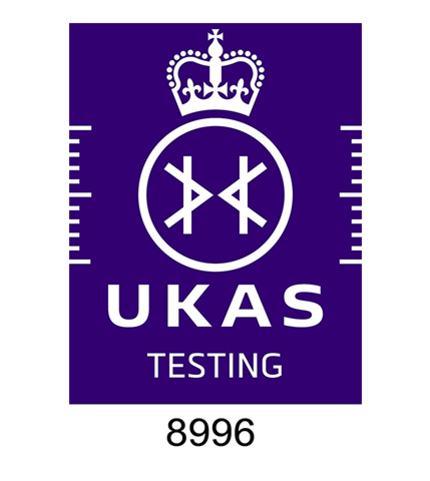CBR Testing
We carry these out all over the UK. We can attend at short notice and you always get your reports the same day.
The California Bearing Ratio (CBR) test is an empirical measure of soil strength. It is most often used on subgrade for road design and construction to determine the thicknesses of materials to be used. The stronger the material being tested, the higher the CBR value, which can lead to thinner layers of material being used, which in turn can reduce construction cost.
CBR Testing using the Plate Bearing Test
With its direct measure of the material in-situ, its quick method and the prompt availability of test results, testing for CBR on-site by the plate bearing method is often the preferred approach.
The test is carried out using the same equipment and process as the plate bearing test and is particularly suited to testing when:
The material to be tested is granular in nature
Additional parameters are required to be measured such as stress under the plate in kN/m2 with corresponding plate settlement.
There is construction plant available to act as a reaction load for the test
“What a CBR test can’t tell you is soil bearing capacity, shear strength or suitability of material for use as a crane base or piling mat. For these parameters it would be best to conduct plate bearing testing.”
InSitu CBR Testing using the Standard Method
InSitu CBR testing is the definitive method of determining the CBR value of materials on-site. The equipment is attached to our vehicles and is self-sufficient, needing no construction plant to be provided to act as a reaction load.
It is quick to carry out and CBR values can be provided immediately after testing. It is particularly suited to testing when:
The material to be tested is free of particles over 20mm
There is no construction plant available to act as reaction load or no room to place it
Tests are required at depth in small excavated trial holes
Dynamic Cone Penetration Testing
DCP testing can obtain CBR values on your subgrade and formation material and because it's small, lightweight and requires no reaction load or dead-weight it is perfect for:
CBR values on a site where you have no plant to act as a reaction load
CBR values where the test area is inaccessible to a 4 x 4 vehicle for Insitu CBR by the traditional plunger method

Lightweight Deflectometer (LWD) Testing
LWD testing can obtain CBR values on your subgrade, formation and sub base material and because it's small, lightweight and requires no reaction load or dead-weight it is perfect for:
CBR values on a site where you have no plant to act as a reaction load
CBR values where the test area is inaccessible to a 4 x 4 vehicle for Insitu CBR by the traditional plunger method





